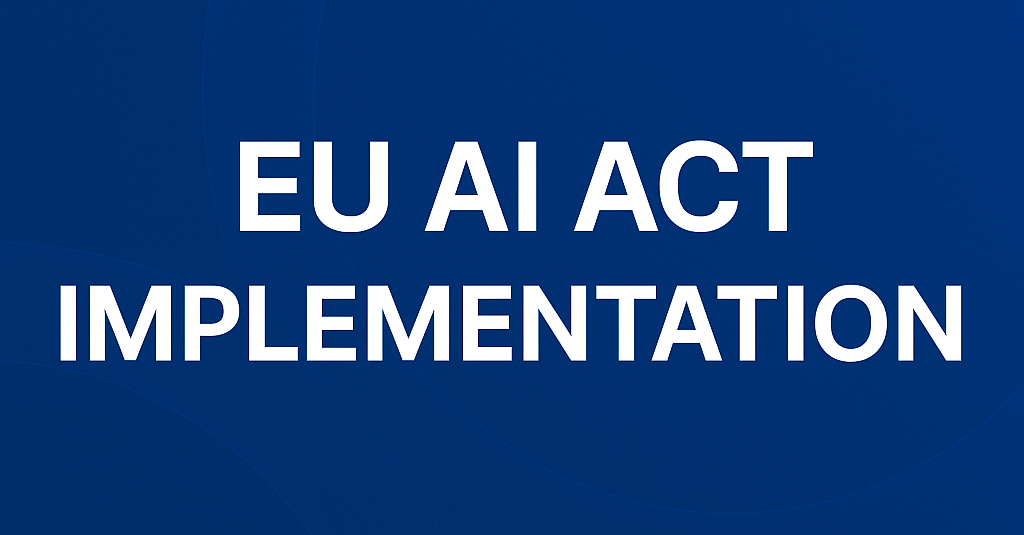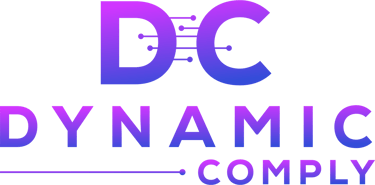What is EU AI Act?
5/27/20252 min read


Introduction to the EU AI Act
The European Union (EU) AI Act stands as a pivotal legislative framework aimed at regulating artificial intelligence technologies within the member states. Introduced in April 2021, it aims to ensure that the deployment of AI systems adheres to fundamental rights and ethical considerations. This act marks a significant step towards establishing a cohesive regulatory environment for a technology that is permeating various sectors of society.
Key Provisions of the EU AI Act
The EU AI Act categorizes AI systems into four risk tiers: minimal, limited, high, and unacceptable risk. These categories dictate the level of scrutiny and freedom companies will face in developing and deploying AI technologies. For instance, systems classified as 'unacceptable risk', such as those that manipulate human behavior beyond acceptable limits, are prohibited. Meanwhile, 'high-risk' AI applications, especially those used in critical areas such as healthcare and transport, must undergo rigorous assessments to ensure compliance with safety and ethical standards.
Implementing the EU AI Act in Your Organization
Implementing the EU AI Act requires organizations to take deliberate steps to ensure compliance within their technological and operational frameworks. Firstly, organizations should conduct an AI inventory to assess which systems fall under the Act's provisions. Understanding whether your AI systems are classified as high-risk is crucial, as it will dictate the compliance measures you must undertake.
Next, organizations need to establish a compliance framework, focusing on risk assessment, data governance, and transparency principles. Regular audits can help to ensure that AI systems operate within the confines of the regulations, minimizing the likelihood of violations. Additionally, training staff on legal requirements and ethical implications is vital to foster a culture of compliance and responsible AI usage.
Moreover, organizations should engage stakeholders, including legal advisors and technology experts, to align their operations with the evolving regulatory landscape. This collaboration ensures a comprehensive understanding of obligations while simultaneously promoting innovation within safe and ethical boundaries.
In conclusion, the EU AI Act represents a watershed moment in the regulation of AI technologies, compelling organizations to critically assess their AI systems and practices. Effective implementation not only mitigates legal risks but also enhances public trust in AI technologies. Adopting an early and proactive approach towards compliance can position organizations favorably as the regulatory environment continues to evolve.
Connect:
(571) 306-0036
© 2025. All rights reserved.
